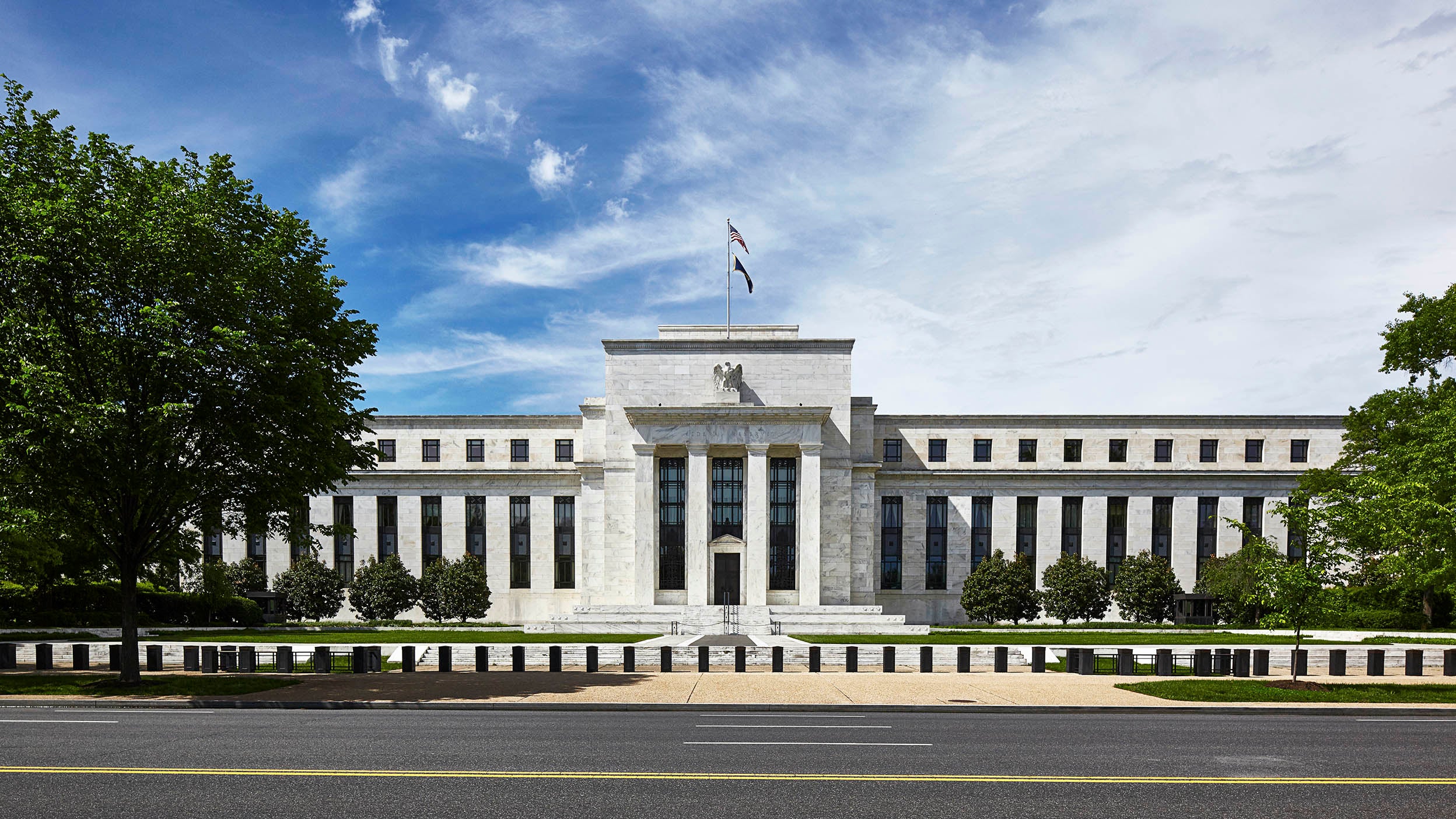
Municipals Thoughts from the Municipal Bond Desk
Get expert insight on what’s happening in the muni market and munis by the numbers, a quick look at the key data points, in the latest edition.
A selection of articles from our experts on the markets, economy, and investments.

Get expert insight on what’s happening in the muni market and munis by the numbers, a quick look at the key data points, in the latest edition.

Contributing to an education savings account can be one of the most impactful gifts for the long term.

A US-China trade truce provides temporary relief for global supply chains, while the Federal Reserve asserts its independence.

Here’s a quick recap and analysis of the latest Federal Open Market Committee meeting and what it may mean for liquidity investors.

While the one-off inflation report from the Bureau of Labor Statistics showed a 3% rise over the past year, we still expect rate cuts to continue.

As short-term rates come down, investors can still lock in attractive yields in intermediate maturity bonds. Our investment grade expert, Todd Schomberg, explains why.
Fresh perspectives on economic trends and events impacting the global markets.
Insights on investing implications, market movements, and structural changes in a shifting world.
Explore our latest insights on investment opportunities and potential ways to use ETFs in a portfolio.
We’re here to help you better understand investing in ETFs. Explore our resources below to learn more.
Join us for candid conversations with portfolio managers, market strategists, economists, political experts and more, about the possibilities they see ahead.
NA4629695
There are risks involved with investing in ETFs, including possible loss of money. Index-based ETFs are not actively managed. Actively managed ETFs do not necessarily seek to replicate the performance of a specified index. Both index-based and actively managed ETFs are subject to risks similar to stocks, including those related to short selling and margin maintenance. Ordinary brokerage commissions apply. The Fund's return may not match the return of the Index. The Fund's are subject to certain other risks. Please see the current prospectus for more information regarding the risk associated with an investment in the Funds.
This link takes you to a site not affiliated with Invesco. The site is for informational purposes only. Invesco does not guarantee nor take any responsibility for any of the content.